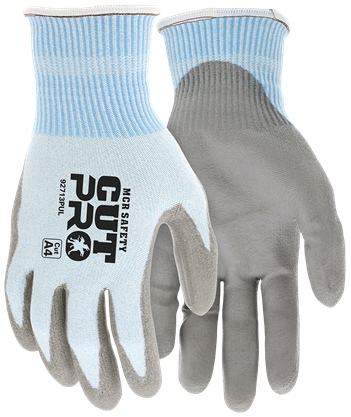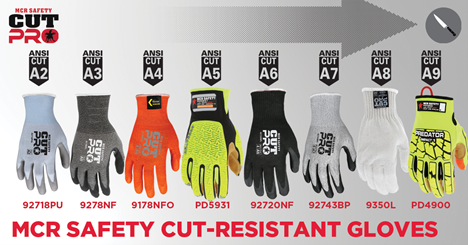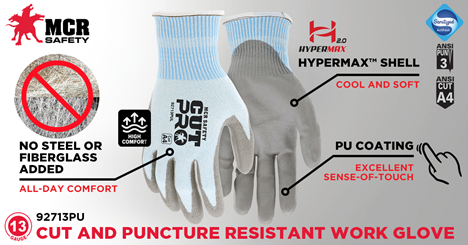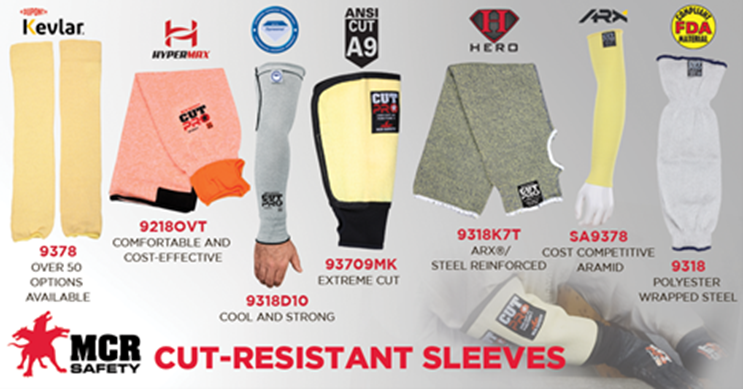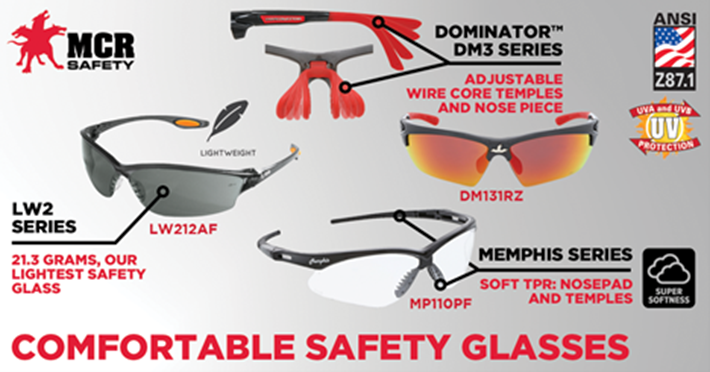21 Feb 02/21/2022
Learn about Lacerations
A person's skin is the largest organ of the body, and its primary purpose is protection. Unfortunately, while it's on guard protecting us, skin often suffers from injuries that come in numerous forms, including cuts, lacerations, and abrasion wounds.
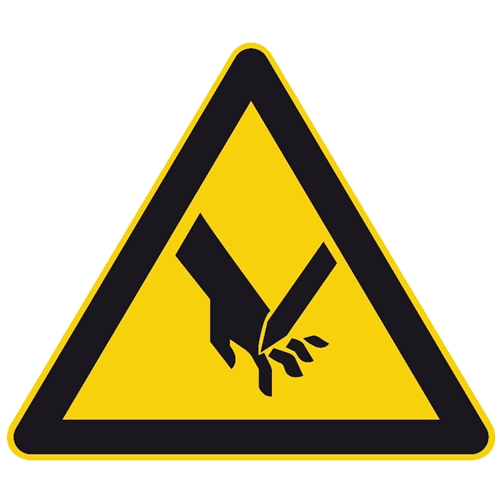
When you see a cut hazard warning sign, be sure to take it seriously.
Lacerations are one of the most common causes of emergency room visits across the country. Every year, emergency rooms report somewhere between 7 and 9 million laceration cases, as professionals must often close wounds. Immediately addressing a laceration is the best way to minimize the damage. Immediate and appropriate care can help limit the chance of getting an infection, reduce scarring, and even prevent hospitalization or save someone's life.
Workplace lacerations are one of the most frequent injuries workers encounter. The Bureau of Labor Statistics (BLS) reports that 59,430 total cuts and lacerations were reported in 2020, surpassing thermal burns and chemical injuries combined.
This article will address what a laceration is, the different types of care they may require, and the steps a person can take to prevent lacerations on the job site.
Definition and Meaning
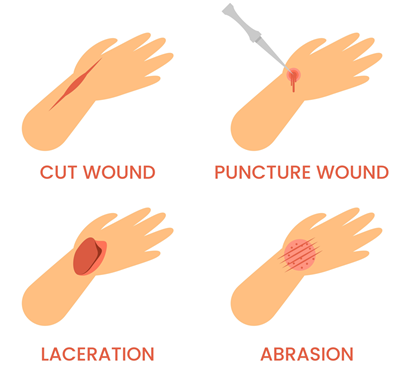
What is a laceration? Merriam-Webster states that a laceration refers to "a torn or jagged wound." These injuries impact workers on the job site, but there can be all kinds of questions about what qualifies as a laceration. Most people hear the words "cut" and "laceration" and automatically assume these are the same. In many ways, they are very similar, but there are some noteworthy differences. Cuts typically damage the skin and are generally cared for with bandages and antibacterial ointment.
On the other hand, lacerated skin tends to be a deeper cut that causes more significant injury. Lacerations not only result in injury to the skin, but they can also injure the soft tissue underneath, down to the tendons, ligaments, and bone. The affected area may also look like a more severe injury, appearing as a deep cut, tear, or gash. Lacerations generally bleed quite a lot, and injured people should go to the emergency room or call 911 to get the medical attention they need.
Abrasions vs. Lacerations
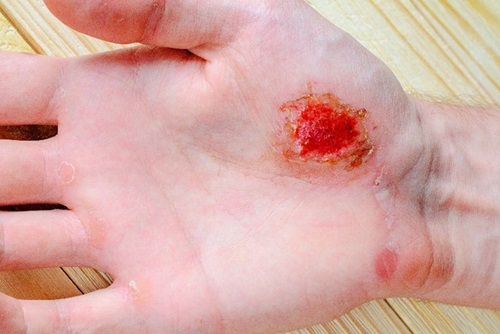
What is the difference between an abrasion and a laceration? Like the subtle distinctions between cuts and lacerations, abrasions and lacerations seem similar, but the cause and impact of the injury are a bit different. Abrasions are typically mild injuries that directly result from friction, rubbing, or scraping across a rough surface. With an abrasion, the skin is damaged because the rough surface scrapes away a layer—or several layers—of skin. They are the most superficial skin wound and only reach the epidermal skin layer.
While it may be challenging to determine whether an injury is a laceration or an abrasion, one factor to consider is the amount of blood. Abrasions don't usually bleed as heavily as cuts or lacerations because only the epidermis skin layer is injured. They also heal faster than cuts and lacerations. However, abrasions still need to be cleaned with soap and water to prevent infection.
Types of Wounds
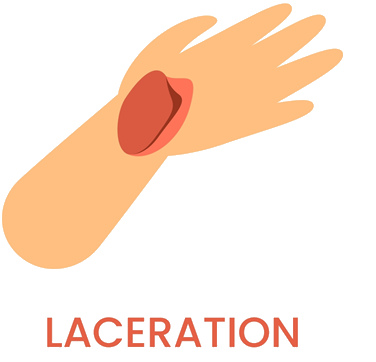
Laceration wounds often occur due to knives, tools, and machinery accidents. As we report on our Cut Protection education page, tools are the #1 cause of cut and laceration injuries, followed by parts and materials. And lacerations don't just affect hands or arms—it is essential to protect eyes from laceration hazards, too.
Lacerations can happen anywhere on the body, but workers may be especially vulnerable to lacerations on their hands and arms, which are often more exposed on the job site. If eyes are left unprotected, one's eyes are also vulnerable to lacerations.
Arm and Hand Lacerations
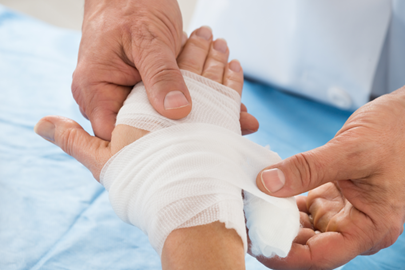
A laceration to the hand or arm can lead to numbness, weakness, swelling, and tingling—especially if there is damage to the nerves that run through the hand.
Depending on the cause and severity of the hand injury, there may be bruising and swelling, which can impact the nerve and seem like nerve damage. Once this bruising subsides, if numbness, tingling, and weakness in the hand still occur, the injured person should seek laceration repair, and follow up with their physician to determine potential treatment options.
Eye Lacerations
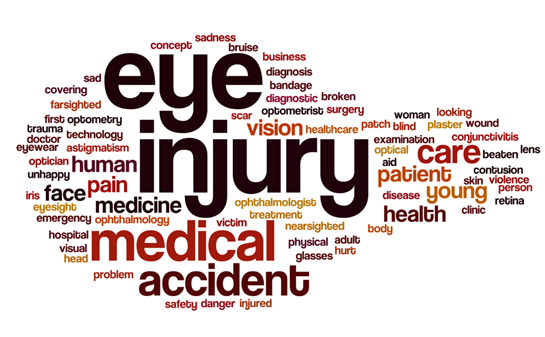
The skin is not the only organ that can incur a laceration. The cornea, the transparent front layer of the eye, can also be lacerated, resulting from something sharp flying into the eye or striking it with significant force. If a corneal laceration is deep enough, it can lead to the laceration of the entire eye. A corneal laceration is deeper and more severe than a corneal abrasion and can quickly happen in the workplace when the appropriate eye protection is not worn. If a corneal injury is believed to have occurred, one should seek immediate medical attention as it's a severe injury. An ophthalmologist should perform a complete eye examination and assess what steps are needed to repair the injury.
Cutting wood and grinding metal are two applications where people are high risk of eye injuries. Lacerations can also happen when someone does something as benign as cutting the grass—especially if debris is caught in the mower's blades and sent flying.
Treatment
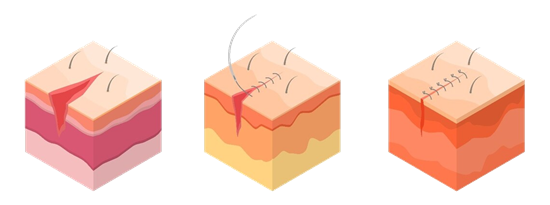
Minor cuts and lacerations can often be treated with gauze, bandages, and antibiotic ointment after a thorough cleaning. However, deep lacerations require treatment from a medical professional, as the wounds can involve a great deal of blood loss. If a major artery has been cut in a laceration-related injury, a person can bleed out in as few as 5 minutes.
It's also critical to seek medical attention right away if you have a crush injury or any partial amputation. Additionally, deep wounds or wounds that are not closing and healing on their own also call for professional medical care.
Healthcare providers may utilize stitches or skin glue to hold the torn skin in place and facilitate healing. Skin glue can be used for smooth, shallow lacerations, and stitches are used for deep or jagged cuts. Combining the two techniques may also be used to hold lacerations together.
Some lacerations can be treated with a first aid kit, so here are some basic first aid tips you should know when treating a wound.
Control the Bleeding
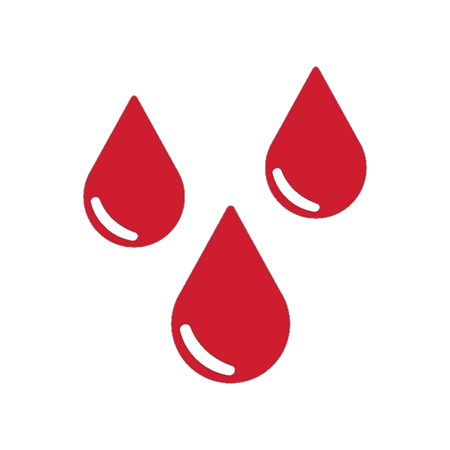
The first step to address a laceration is minimizing blood loss by applying pressure to the impacted area and elevating it to the heart's height. If this is not enough to stop the bleeding, you can apply pressure to the closest central pressure point—like the crook of the elbow for a laceration on the forearm. Tourniquets should only be used if treatment is not feasible for several hours.
Thoroughly Clean the Wound
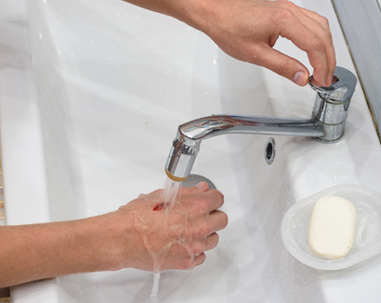
Dirt, dust, and bacteria can easily make their way into a laceration, especially on the job site. Your wound should be washed gently and thoroughly with warm water and mild soap.
Care for Your Wound
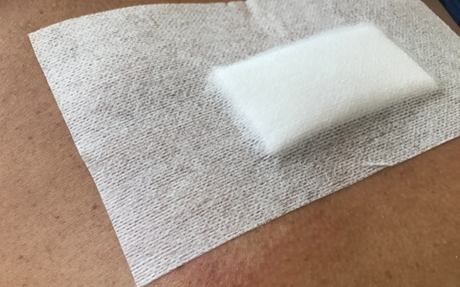
Minor wounds may only need a bandage and antibiotic ointment, but the bandage should always be kept clean and dry and changed regularly.
Keep Your Eye on the Injury
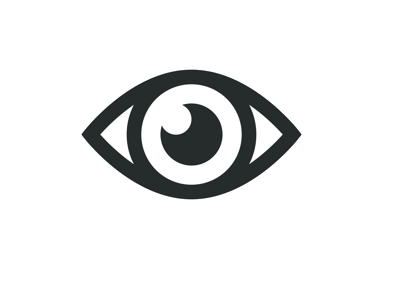
If the laceration becomes warm to the touch, appears red, bleeds excessively for an extended period, or has drainage, it may be infected. This infection can spread quickly through the body, so seek medical care. Keep in mind that deep lacerations can impact tendons and nerves. If you have lost motion or feeling in the area surrounding your laceration, you may have cut through or damaged a tendon or nerve. See your physician as soon as possible.
Common Questions

What does laceration mean?
- Many times, the words "cut" and "laceration" are used interchangeably—both mean the skin has been sliced or cut by a sharp object—but cuts are generally more minor, and lacerations are more serious.
How long does a laceration take to heal?
- The length of time it takes for lacerations to heal will depend mainly on the severity of the injury. Most lacerations will usually heal within two weeks, but healing can take longer if the patient has a pre-existing medical condition, has certain lifestyle habits, or takes specific medications. A laceration may need more time to heal for those who smoke, have diabetes, take prescription drugs like steroids or chemotherapy medications, or have a compromised immune system.
Will honey help close a laceration?
- People have been using honey on their wounds for thousands of years, and while there are many other options available thanks to modern medicine, honey can still be used on some lacerations to aid in healing. This is because honey is an antibacterial with a carefully-balanced pH level that promotes oxygen flow to the wound. Those with lacerations should always check with their doctor before applying honey to their wound. Honey can be applied to a gauze pad placed on the affected area.
What is a laceration wound?
- Since laceration wounds come from tearing soft body tissue, the wound is often irregular and jagged. More importantly, when lacerations occur on the job, the item that caused the wound is usually contaminated with bacteria, dirt, and debris, which is why wound care is so essential.
Cut-Resistant Gloves and Safety Glasses
Personal protective equipment (PPE) can help prevent lacerations in the workplace or on the job site, as it provides added layers of defense to one's body. The higher the ANSI score for cut-resistant gloves, the better cut-resistance protection will be attained. For safety glasses, every style we make is tested against ANSI Z87, meaning your eyes are easily protected by any style you like.
Let's highlight some PPE to consider wearing to avoid cuts, abrasions, and lacerations. Click the images for additional information.
MCR Safety features one of the broadest offerings of cut-resistant gloves on the market, ranging from ANSI A2 basic cut protection to more extreme ANSI A9 cut protection. Each style you see above is one of the top styles purchased for each cut level.
92713PU offers users the best comfort cut-resistant glove available, achieving an increased cut-level score.
It's not only the hands that need to be protected; your arms need some extra defense, too!
We carry over sixty different styles in our safety glass series, found on our dedicated online safety glass catalog. The above styles are some of the most comfortable options available.
Keeping You Safe
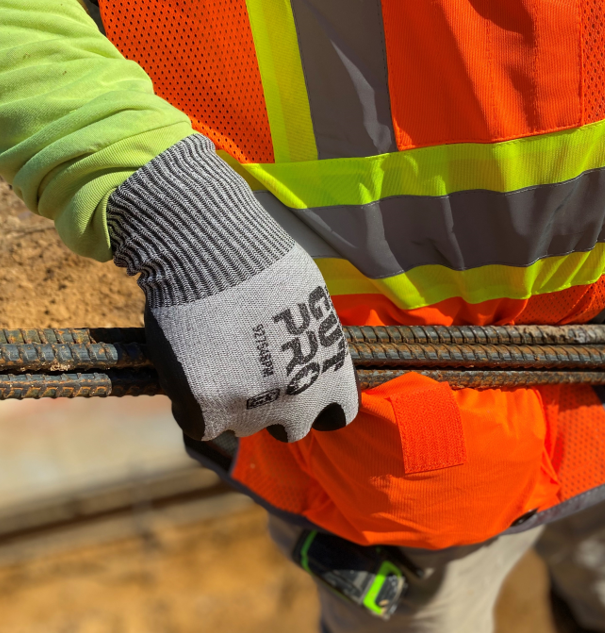
At MCR Safety, we have your best interest in mind—which means providing you with all the essential tools and protective equipment you need to prevent as many injuries and lacerations as possible. Without the right equipment, construction sites, worksites, factories, and other job conditions can be dangerous. We're here to provide you with what you need to help you minimize the risk. Here are some other additional resources we've created for cut and lacerations you may find useful:
- Cut Protection Knowledge Page
- Cut-Resistant Glove Levels Article
- Cut-Resistant Sleeves Article
- Dedicated Online Cut-Resistant Gloves Catalog
Click the below image to leave us comments, questions, or any concerns.
For over 45 years, MCR Safety has proven to be a world leader in gloves, glasses, and garments. Whether it's lifting sharp metal, carrying broken glass, or using dangerous tools at a construction site, we are there providing solutions to workplace hazards. It's all part of our commitment to protect people.
No matter your industry, we have the personal protective equipment you need.
Learn more about MCR Safety by checking out our most recent video. For more information, browse our website, request a catalog, find a distributor, or give us a call at 800-955-6887.
About the Author
Latest Articles





